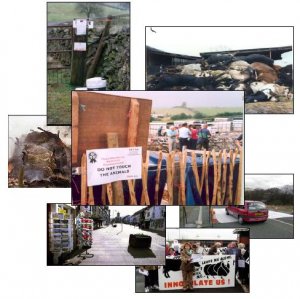Home

The 2001 foot and mouth disease epidemic was a disaster for large numbers of rural people, and should be counted amongst the major events in UK history. Our study shows how the disaster was a human tragedy, not just an animal one, and how the scale of human distress was far greater than first appreciated. The conclusions presented here are based on 3,200 weekly diaries written over 18 months by a diverse panel of 54 rural residents who experienced the crisis in different ways. Severe distress was suffered by diverse groups: farmers and farm workers, slaughter and clean up workers, council and utility service workers, disposal personnel, front line care and health services such as community health nurses and voluntary organisations. Only an in-depth, longitudinal study could uncover the scale of the problem since conventional measures such as rates of demand for health and social care could not detect long term and underlying psycho-social effects reported here. Some of these effects were reported in the early part of the study, which began in December 2001, others continued to feature in the diaries over the course of the research.
This study was carried out by the Institute for Health Research, Lancaster University between 2001 and 2004. Take a look at this timeline which presents a brief history of the project. The panel of 54 diarists was drawn from the worst affected area (North Cumbria). Their contributions over a period of 18 months describe how their lives were affected by the crisis and also the process of recovery they observed taking place in their communities. Their weekly diaries and other materials form part of the anonymised archive now held at ESDS Qualidata. The paper copies are archived with consent at Lancaster University Rare Book Archive.
Our research report can be obtained here but many of the sources and some of our data can be found on this website. This site also allows you to interact by posting comments on the content and using the "Tell Your Story" button to add your account of FMD and its aftermath to the archive. Browse around the site using the buttons to the left.
Comments...You can comment on this pageA login is required....
|
Site Design by FractalWeb with the generous support of Cumbria County Council